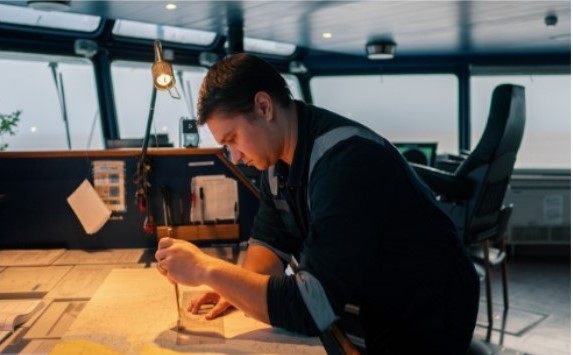New Ship Building Services
Shipbuilding is the creation of a vessel from the ground up — a process that demands precision, expertise, and state-of-the-art infrastructure. Modern vessels are highly engineered systems, requiring close collaboration between naval architects, engineers, and skilled shipyard teams.

Design Development
Owner requirements are converted into detailed 3D models and construction drawings aligned with regulations.
Production Planning
Planning manpower, materials, workflow, and quality control before construction starts.
Construction & Outfitting
Steel fabrication, block assembly, machinery installation, and interior outfitting with testing.
Diverse Vessels & Tech
Building bulk carriers, tankers, support vessels, ferries, and defense ships with modern tech.
Why Choose Us!
Reasons to Choose Our Shipbuilding Services
We provide precision-engineered vessels, advanced modular construction, and expert project management. Our commitment to quality, safety, and innovation ensures every vessel performs reliably in global shipping.
Contact Us